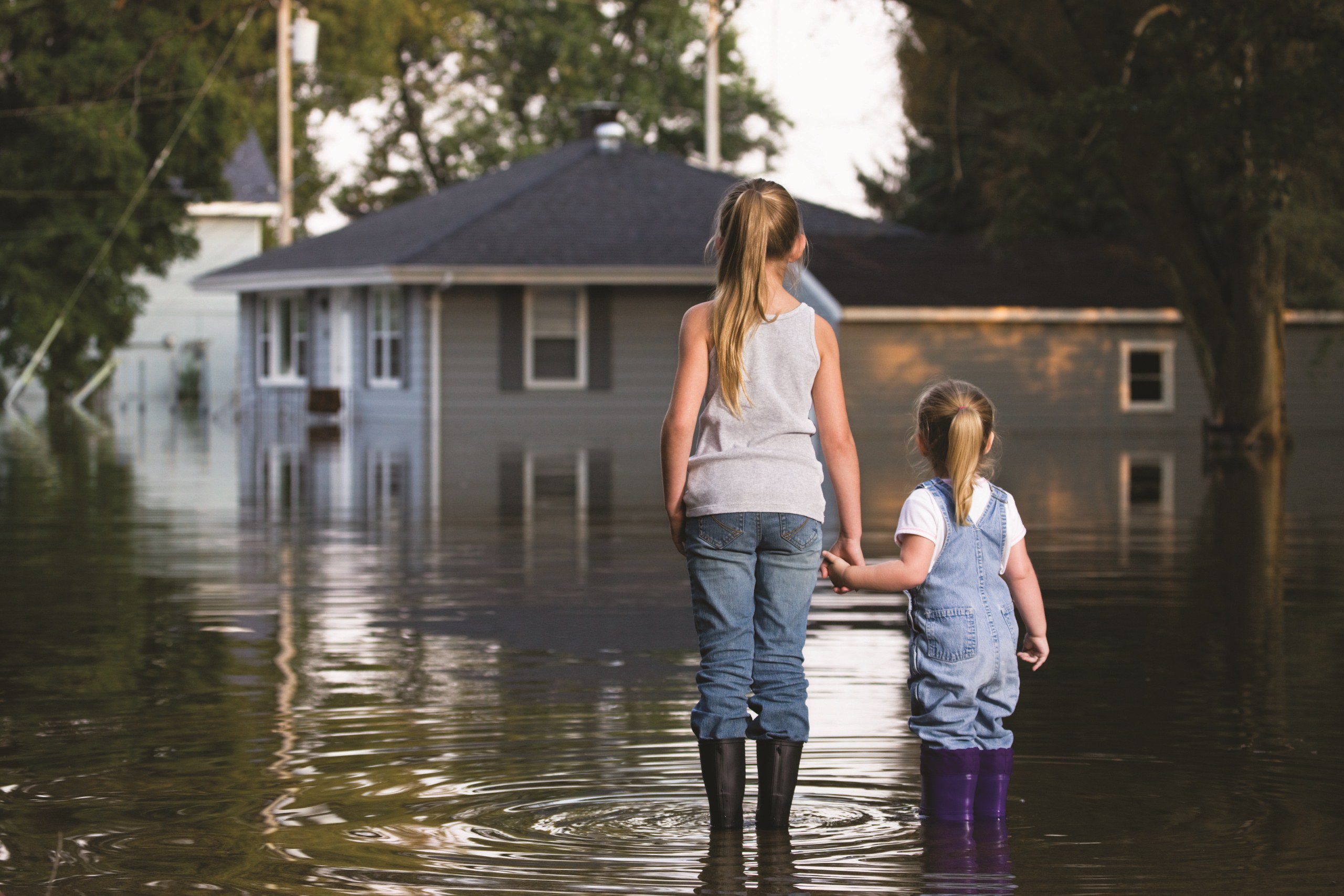
•Act quickly
The severity of damage escalates the longer water sits and building components and contents stay wet, so time is of the essence in the aftermath of a flood. If there are no safety issues – remove any content you can safely move that is sitting in water. Call a local restoration company to help mitigate the water damage, they work directly with your insurance company and have the tools to help prevent further damage.
•Ventilate affected areas to prevent mold growth
Mold loves moisture and organic materials such as paper or particleboard.
•Assess damage to items and materials
Assess the type of water absorbed by items, such as rainwater, water from broken pipes, contaminated river water or bacteria-filled sewage.
•Expose pockets of saturation
Hidden and concealed pockets of saturation need to be opened for cleaning and drying
•Confirm drying before reconstruction
Durable, non-porous or semi-porous materials, such as studs and joists, hardwood flooring and vinyl products, can be cleaned with common cleaning products or specialized products with detergents. During cleaning, take care to protect areas that are unaffected by the water or mold.
•Confirm drying before reconstruction
•Remove excess water by mopping and blotting.
•Wipe excess water from wood furniture after removal of lamps and tabletop items.
•Remove and prop wet upholstery and cushions.
•Place aluminum foil or wood blocks between furniture legs and wet carpeting.
•Turn air conditioning on for maximum drying in summer.
•Remove colored rugs from wet carpeting.
•Remove art objects to a safe, dry place.
•Gather loose items from floors.
In order to prevent dry rot and structural damage, it’s important not to reconstruct or cover wood and other wet materials until the moisture content has been adequately reduced.

